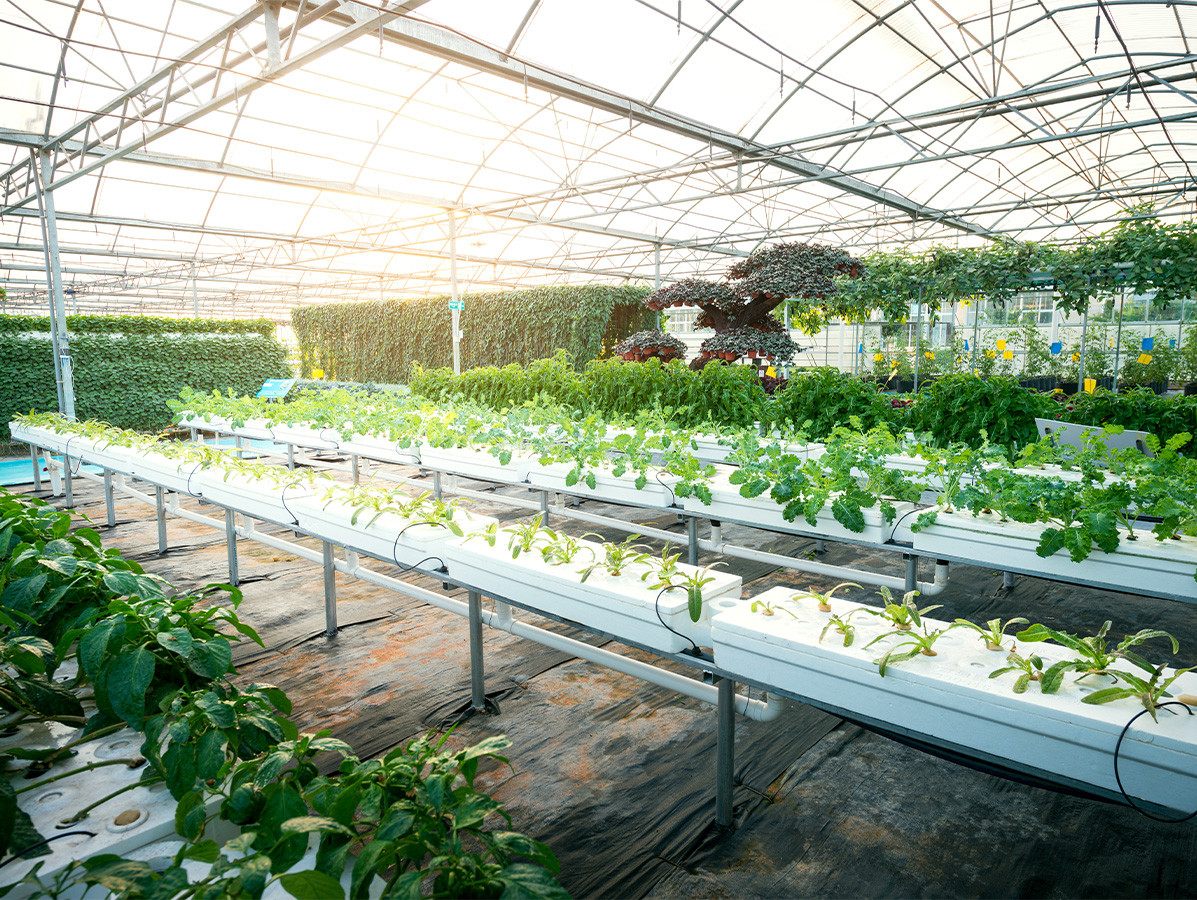
The food industry is placing increasing emphasis on reducing its carbon footprint, and the horticulture sector is no exception. To gain a better understanding of the environmental impact of horticultural businesses, CO2 footprint calculation is increasingly being used as a standard tool. Although calculating the footprint is complex, it always starts with collecting company data.
There remains uncertainty about the future of the horticulture sector. The importance of understanding the environmental impact of companies is growing. Entrepreneurs value good liquidity, but major investments are being postponed for now due to rising interest rates and the short-term focus of supermarkets in making deals. Nevertheless, willingness to invest is expected to increase in the coming months.
Rabobank has set itself the goal of reducing CO2 emissions in the sector. The bank recently published a report presenting the total CO2 impact of its financings. For Dutch greenhouse horticulture, Rabobank's calculated 'financed emissions' were about 4.6 megaton CO2 equivalents in 2021. Efforts to standardise and use clear definitions for footprint calculations are becoming increasingly important to ensure comparability and transparency.
To identify and improve the environmental impact of horticultural products, carbon footprint calculations and life cycle analyses are increasingly used in the sector. Companies such as Benefits of Nature and growers' association Harvest House are already actively reducing their footprint and have set ambitious climate targets. A public-private partnership led by Wageningen UR is working to refine and standardise footprint calculations, with the aim of establishing clear definitions and guidelines.
It is essential that the horticulture sector speaks the same language and uses the same principles when calculating its carbon footprint. The Horti Footprint, an initiative of several chain parties, is expected to be ready in 2023 and will serve as a protocol for testing footprint calculations in the market.
Measuring the CO2 footprint is an important first step, but tackling emissions is the sequel. Energy use during cultivation appears to be responsible for most of the greenhouse gas emissions in the greenhouse horticulture sector. Other factors, such as fertilisation, substrate, crop protection, plastic and packaging, also contribute to the footprint.
Through joint efforts and a coordinated approach, the horticulture sector can take concrete steps towards a lower carbon footprint and a more sustainable future.
Source: Rabobank